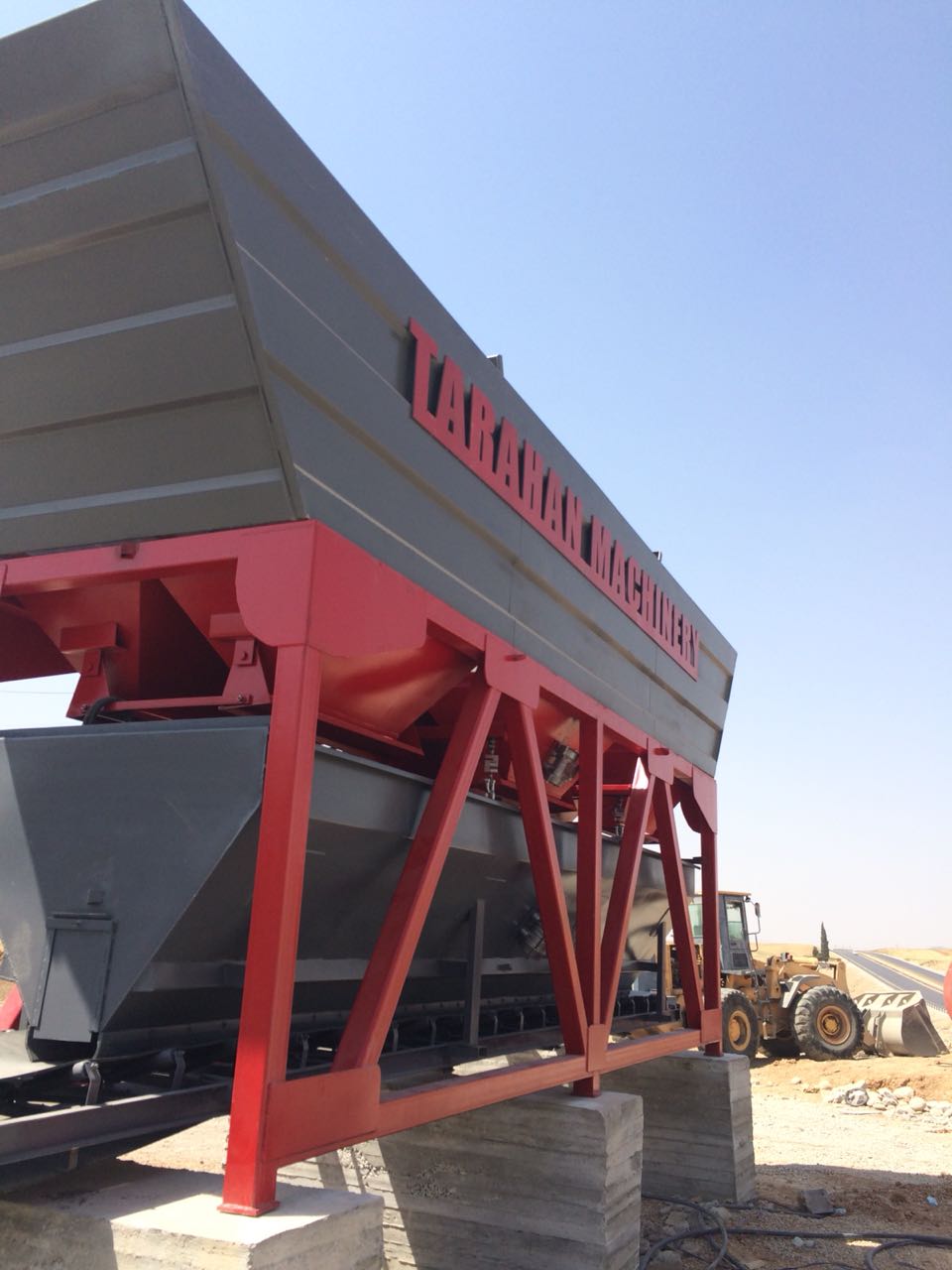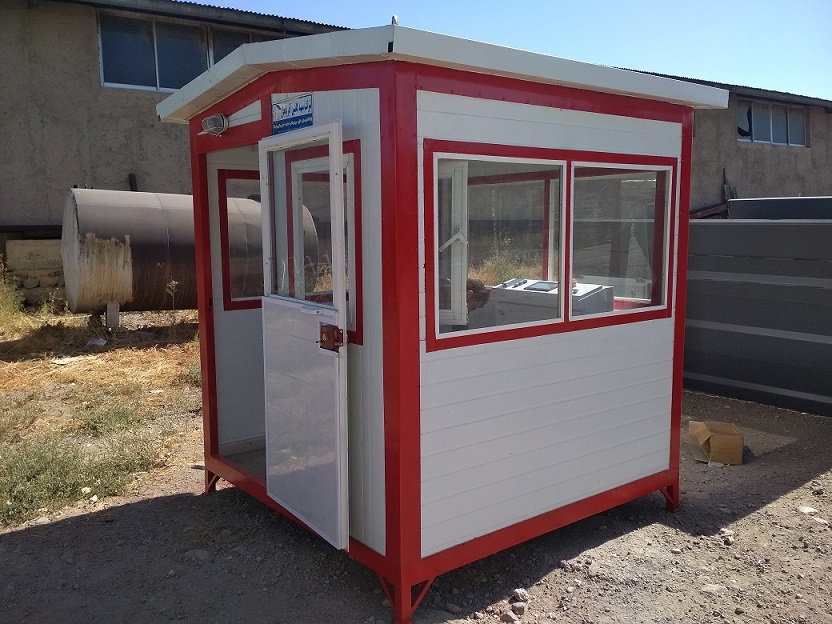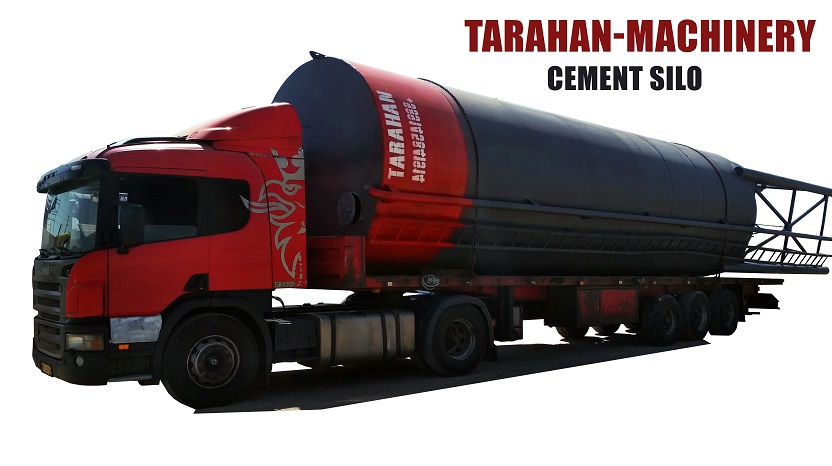Safety in installation and use of Batching Plant
1. Introduction
The increasing progress of science and technology and the need to transform industries, and the introduction of new devices and equipment to meet this need, have created new risks and dangers that threaten workers. In the meantime, building projects, with the advent of mechanized machines, although seemingly reducing the risk of activities, but imposing emerging risks on the labor force, neglecting them have far more consequences than construction traditional methods.
Therefore, risk identification and risk assessment in these types of projects and consequently the required control measures for these risks are inevitable. The use of different approaches in identifying and controlling business process risks provides a good basis for considering safety approaches in projects.
In this article, while identifying and evaluating the risks of batching plant, safety issues and problems of this system were studied and its control measures were investigated as far as possible.
2. Batching Plant Machine:
Batching plant is used for the construction of high volume concrete, which has different models and capacities that are used in most construction and building projects. Raw materials used in batching plant for making concrete include cement, washed sand, pea gravel, almond gravel, water, concrete additives (micro-silica powder, lubricant - gel, etc.).
Raw materials used in batching plant for making concrete include cement, washed sand, pea gravel, almond gravel, water, concrete additives (micro-silica powder, lubricant - gel, etc.).
The control room, dragline batching, aggregate mixer, lifting system and batching plant machine chassis including materials wagon chassis, silo cement, water tank, material retaining wall, cement screw.
1-2- Safety tips when installing a Batching Plant:
In the first step, coordinate with the HSE part of the workshop to execute the operations and obtain the necessary permits.
1-1-2- Foundation:
Appropriate foundation and Infrastructure are needed to the establishment of the batching different parts. Therefore, after leveling and crushing the desired area, due to the dimensions of the structures, the concrete foundation will be built for chassis establishment, silos and wall columns of materials depot.

2-1-2-Chassis:
Due to the fastening of most parts of the metal chassis by screws and nuts, their strength and durability must be ensured when bonding and some parts should be tightened by welding if necessary. Also, precision is necessary for setting and alignment of the base foundation on the plate. The gussets attached to the main stand, the plate should also have a 90-degree angle, and suitable weld and wire weld should be used in their connection.
3-1-2- Control Room
The control room is the center of control and lead of all Batching Plant operations for the construction of concrete, and the control panel and the electrical guidance systems of the machine are located in it.
The following safety items must be observed in the control room:
- There should be enough space in the control room for the operator to move easily.
- The control panel must be positioned so that the operator is not inadvertently hit.
- The control panel keys should have adequate protection.
- Ensure that the Emergency power outage key is fitted to the control panel.
- Relay and fuses should be used in the switchboard system.
- There should be adequate lighting in the control room for night work.
- Use ring keys instead of outstanding keys to avoid the accidental collision.
- The control room should be designed in such a way that the operator has sufficient visibility with his colleagues in the batching operation.
- A fire extinguisher capsule, first aid kit, and flashlight in the control room are essential.
4-1-2- Rake (Dragline batching):
Rakes are used to transporting rock material from the bottom of the depot to the gates at the top of the depot to supply the concrete materials.
Specifications and safety items in the rake:
- The rake operator must be in the right direction for traffic.
- All moving parts, especially the rake cabin, must be fully covered and secured.
- The rake should have a standard wire rope.
- Ergonomic seat installation is essential for the rakes operator.
5-1-2- Mixer Boiler:
The mixing boiler or mixer is located on the batching platform and concrete mixing is carried out in the mixer. All raw materials are mixed in the mixer after being discharged by a lifting wagon. Prepared concrete is discharged from the outlet valve for loading into the truck mixer.
Safety Tips in Aggregate Mixer:
- The installation of the microswitch is necessary on the concrete mixer door to stop the machine automatically when the mixer door is opened.
- The mixer door should be completely closed to prevent dust and other materials from getting out.
- The door of the additives to the concrete should also have adequate protection to prevent the hand from entering into the mixer.
6.1-2- lifting system and Material transport wagon:
A special wagon mounted on a lift rail is used to transport rock material from the upper part of the materials depot of pneumatic valves to the mixer.
Safety Tips on Lifting System and Material transport wagon:
- All parts of the lift path that may be accessible should be fitted with a suitable fence and shield.
- Wires ropes and the cables which carry the wagon should be selected in proportion to the weight of the pocket with the materials, and careful selection should be made.
7.1-2- Screw
A screw is a pipe that includes a conducting coil used for conveying cement from silos to mixing materials in batching.
Safety tips in Screw:
- The screw joints to the silos and the inlet to the mixer should be completely firm and insulated to prevent cement dust from leaking out.
- Electromotor must have a safety shield to prevent the penetration of dust, water and so on.
- The valves on the screw should also be closed completely to prevent cement from penetrating the outside.
8.1.2- Cement silos:
Silos are the storage for cement depot and have different sizes depending on their capacity.
Safety tips for cement silos installing:
- Before mounting the silos, make sure the foundations are firm and the plates are balanced.
- The location of the bolt on the plate should be equal to the rectangle of the plate at equal intervals.
- If necessary to increase the height of the silo foundation while choosing the strong and firm foundation, the following should be observed:
- In the welding of large silos, because of the high load applied to the foundations, a rectifier or diesel welding machine should be used to achieve uniform welding.
- The foundation of the silos shall be perfectly aligned and the underside edge of each foundation shall be perfectly smooth.
- The location of the silo base joints to the plate should be fastened by equal-sized gussets at an angle of 90 degrees to each other to withstand a uniform load.
- Before installing the silos, a shield should be installed for the top of the silos and securing the back of the silo ladder.
- No overcrowding and unauthorized assembly of personnel when installing and establishing silos and prohibiting traffic within the radius of elevation of silos.
- It is important to observe all safety rules and regulations, including the laws regarding the carriage and handling of heavy loads and the use of qualified personnel for installation.
- Tacheometer should be used after the silos are installed to ensure they are level.
- Due to the importance of temperature in the construction of concrete, it is recommended to choose light colors for silos to reduce heat absorption and transfer.
9.1-2- Depot of stone materials:
The stone materials needed for concrete construction include washed sand, pea gravel, and almond gravel, which are separated in the adjoining batching area by the construction of barrier walls.
Safety tips in the stone material depot:
- In the construction of the depot wall, using precast concrete, timber structures, and the vertical columns should be perfectly aligned and welded appropriately for their strength.
- It is essential to install the panel strut of the wall mentioned above. These struts should be proportional to the load applied to the wall and have the required strength. If there is no strength, it is possible to arch and break the weld.
- Welding with proper amperage should be used in the installation of the panel strut of the wall.
- Concrete block walls should be used armature in wall materials and concrete strut.
3. Conclusions and Suggestions:
Construction work is inherently a hazardous process and according to tradition, the rate of accidents is high. Concerns about the increasing prevalence of hazards and construction accidents have led to the need to pay attention to this industry in the country. since the batching machine is one of the main processes in construction work, paying attention to its risks is also important. In this article, these risks have been discussed to some extent, and safety items have been evaluated as far as possible and control measures have been reviewed to reduce these risks. It is hoped that this experience will help to reduce the countless accidents in the industry.
Suggested items that can be used to eliminate risks include:
- Septic construction is necessary to guide the batching effluent.
- All batch planting systems and structures must be connected to the earth wire.
- Installation of all required safety signs on batching is necessary.
- Only the batching operator is allowed to move around the control room.
- All personnel is prohibited from going over the stone depository.
- Be sure to disconnect the machine power after cleaning.
- Avoid overcrowding in the batching platform and control room.
- Avoid installing electric motors underwater connections due to the possibility of leakage.
- Before starting batching, clean the rake window and control room.
- Avoid eating, drinking and smoking while working.
- The use of personal protective equipment is mandatory such as work clothes, safety shoes, work gloves, masks, and hard hats.
- All persons are prohibited from going over the batching area except trained personnel.
- Avoid throwing any type of device down and around.
- The safety shield of the control panel should be closed after work is completed and also during repairs.
- Do not open the concrete mixer door when mixing materials.
- Ensure the health and safety of all batching parts before starting work.
- Avoid depot of materials in stairs and batching platforms in such a way as to prevent traffic.
- Avoid keeping bulky items in the control room and limiting the workspace.
- Be careful when traveling from stairs to batching and avoid rushing.
- All cables and wiring of the batching plant must be completely regular, standard, and pass through the duct.
- Provide necessary guidance to the designated person for placing the mixer trucks under batching.
- Before using the rake, make sure there are no people on the material depot.
- Avoid placing your hand under the rake seat by the rake chain.
- Ensure that the silos are full or empty when discharging the cement so that the silo does not fall off.
- Do not place below or around water tanks when discharging ice into water tanks.
- Avoid splashing water on the electromotor and control room when cleaning.
- The location of all-electric motors must be such that it is not exposed to dust. Therefore, all-electric motors must have a safety shield.
- Never place an electrical panel next to batching and not subject to water or dust. It should also not be in the path of loading mixer trucks.
- All the necessary standards must be met in the construction of the stairs and the routes of the personnel, including the installation of the staircase, the permissible slope, the length, the width, the height allowed by each stair, and so on.
- When mixing materials, if necessary to add an additive to the concrete from the embedded valve on the mixer, use mask, glove, and appropriate module.
- Do not place your hand on the screw valve when gripping the screws. Use rubber sledgehammer when the screw gripped.
- If you need to raise silos, be sure to use seat belts and other HSE personal protective equipment.
- If the wall of the depot stone is made of timber, avoid lifting the loader on it.
- When depositing materials on the back of the wall (especially the timber wall) make sure that the weight balance is maintained on both sides of the wall.
- During repairs and maintenance, while installing the "Repairing" panel, power off the machine completely and ensure that all personnel is ready during startup.
- Avoid being placed under the lift system and the material carrying pocket during repairs and maintenance. Use safety jack if necessary.
- When repairs are completed, reinsert them in different parts of the safety shield removed.
similar information:
concrete batching or what is batching plant
دوشنبه ۲۰-۰۸-۱۳۹۸





